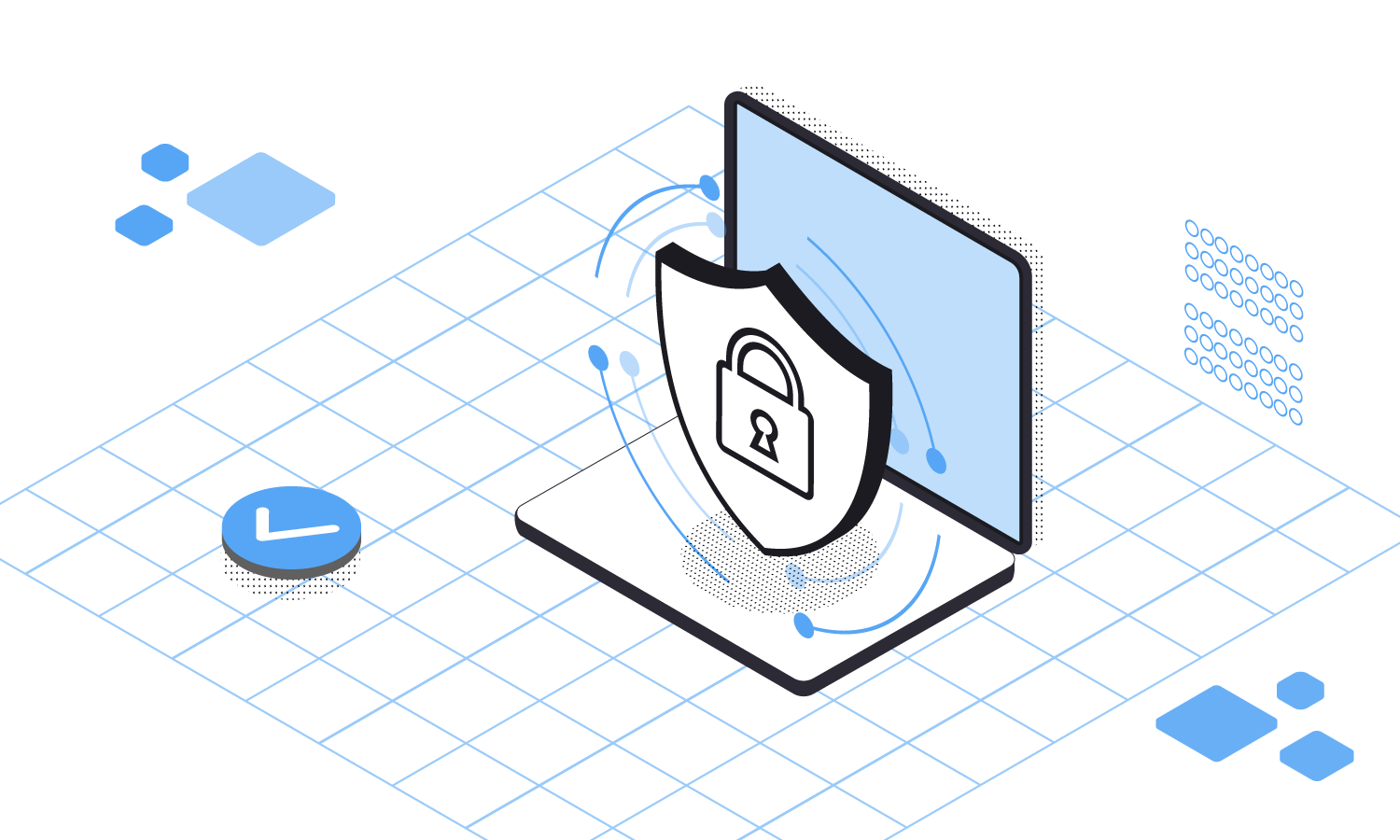In the age of digital technology, cyber security is a growing concern for businesses of all sizes. As technology evolves, so do the methods used to protect sensitive data and information.
One such method is called spooling, which is a process used to manage and store data while ensuring its safety and availability. In this blog post, we will discuss what spooling is and how it can be used to achieve better cyber security.
Spooling is a method of storing data that incorporates both speed and safety. Instead of storing data on a hard drive, spooling stores data on a temporary storage device, such as a disk or tape. This allows data to be accessed quickly, as it can be retrieved from the temporary storage device rather than the hard drive. It also provides a degree of safety, as the temporary storage device can be removed when not in use. This prevents hackers from accessing the data, as the physical device is not connected to the system. Furthermore,
1. Definition of spooling in terms of cyber security
Spooling is a type of data processing that is used in cyber security to manage the flow of data in a system.
It is the process of taking input data from various sources and transferring it to a storage medium while organizing the data in a way that is efficient and organized. Spooling allows the data to be processed without any disruption or delay by redirecting it to a waiting area where it can be processed and retrieved when needed. It also helps to reduce the amount of data that is stored in memory and also helps to keep track of the data that is being used.
2. Description of the process of spooling
Spooling is an important process in cyber security that allows for the efficient and secure transfer of data. The process involves temporarily storing data in a spool, or buffer, on a computer’s hard drive. The data is then formatted and sent to a device such as a printer or a network. This type of spooling is advantageous because it allows the user to print large documents while freeing up the computer to perform other tasks or start a new print job. It also provides a secure environment by ensuring that data can only be accessed by authorized users.
3. Benefits of spooling
Spooling is a powerful tool in cyber security as it can help users protect their data from malicious attacks. Spooling is the process of temporarily storing data on a spool or virtual memory buffer, allowing for rapid processing in the future.
The three main benefits of spooling are improved efficiency, greater speed, and greater security.
By temporarily storing data, spooling allows for faster access to data, meaning it can be retrieved and used quickly. Additionally, spooling ensures that the data is kept secure by making it harder for malicious actors to breach the system. Finally, spooling also increases the efficiency of data processing as it allows multiple users to access the same data simultaneously without interfering with each other.

4. Potential risks associated with spooling
Spooling can pose potential risks to a computer network, particularly if there are vulnerabilities in the system. Spooling can potentially be exploited by an attacker if security measures are not in place, allowing them to gain access to data stored on the spooler. Also, if the spooler is not properly maintained, it can lead to data corruption and loss.
Additionally, an improperly-configured spooler can lead to a denial of service attack, in which an attacker can flood the system with requests that can cause it to become overloaded and unresponsive.
5. Guidance on best practices for spooling in cyber security
Spooling is a computer process that queues data or documents for printing or other output operations. In the context of cyber security, spooling can be used to store data in a secure area as part of a security protocol. When spooling for cyber security purposes, best practices should include the following:
use a secure connection to transfer data, ensure the spooler is running in its own secure environment, use a dedicated spooler process, and configure the spooler service to use a secure account. Additionally, it is important to ensure that the spooler is running with the least privileged user access rights and that the appropriate security settings are enabled.
Finally, it is recommended to regularly audit the spooler system and its logs to ensure that no unauthorized activities have occurred.
Conclusion
Spooling is an important concept in cyber security, as it enables efficient data storage and transmission. Spooling helps to reduce the time needed to perform tasks, such as printing documents or downloading files. It is also used to ensure that data is stored securely, which is especially important in the context of cyber security. All in all, spooling is an essential component of any cyber security system and should be taken into consideration when considering the protection of digital assets.